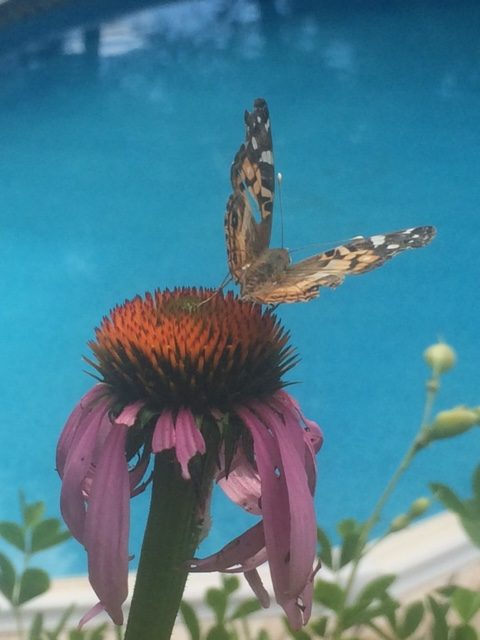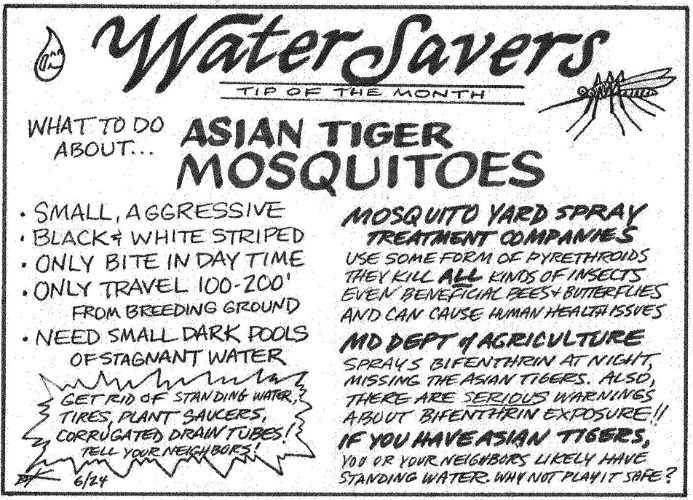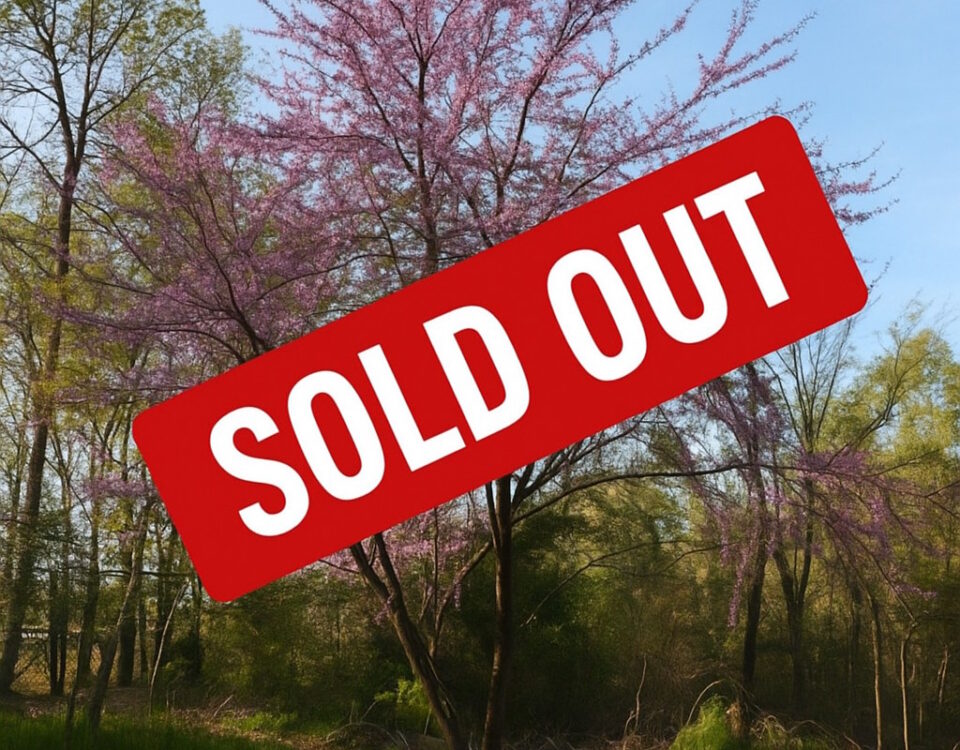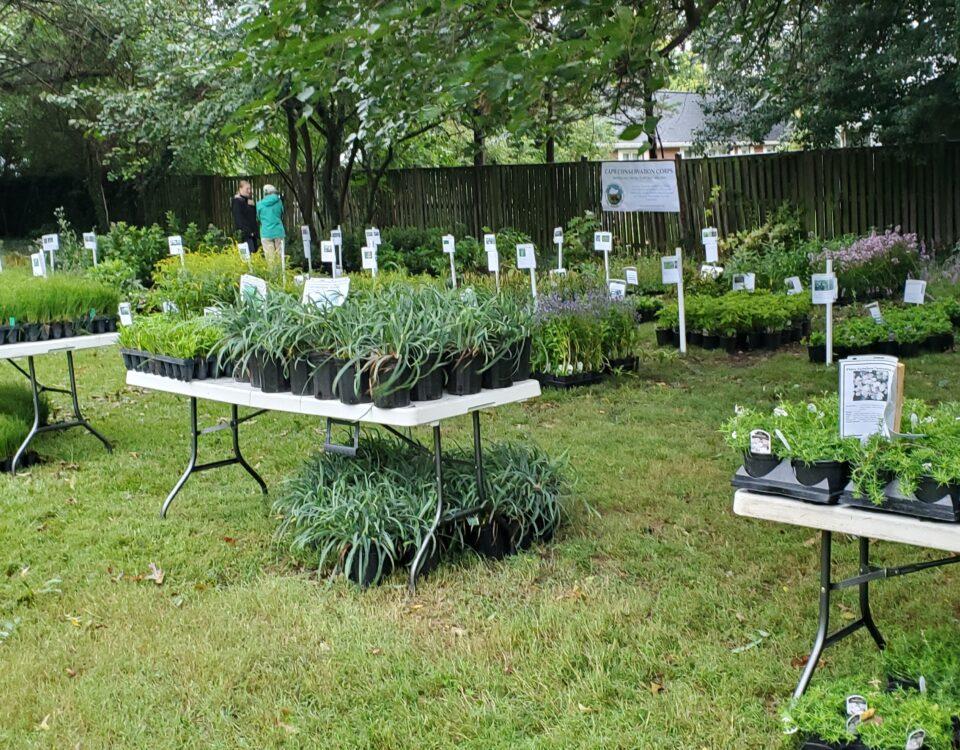Building Hometown Habitats
May 13, 2017
Why Plant in the Fall?
August 3, 2017By: Stacey Wildberger
When I step out into my backyard I feel a sense of pride for what I have accomplished, and then I start mentally going through the list of what I still would like to do to provide a suitable habitat. Although my garden brings joy to me and a sense of pleasure that is not the sole purpose of my garden or my landscape choices. The phrase “Gardening for Nature” best describes my philosophy when it comes to my decisions about what goes into my garden. My first thoughts are: “Is this a native plant? What benefits will it provide to the ecosystem? And will it cause harm to creatures I am trying to provide for?”
I have always enjoyed feeding the birds and gardening so one day I started researching what plants could I add to my backyard that would be beautiful and provide food for the birds-mainly so I wouldn’t spend so much money on birdseed! As I began reading, the idea of gardening for nature became my motivation. The first step I took was to begin planting natives plants because it turns out the native fauna depends on the native flora for their survival. Many insects can only lay their eggs on specific host plants. While butterflies can use many different plants as a nectar source the baby caterpillars usually rely on one type of plant to nourish them. The most commonly known is the dependence of monarchs on milkweed to lay their eggs but there are many other butterflies that require a particular host plant to lay their babies as well (see my article Host Plants for Butterflies that appeared on February 2017 Caper or online http://capeconservationcorps.org/blog/page/2/ for more examples).
The more reading I did the more I became convinced that is vital to make our small piece of the world as a safe, inviting place for wildlife to live in. Creating habitats in our own backyards for their survival because nature is not just somewhere out there, natural habits are disappearing rapidly and ecosystems are being destroyed in the name of progress. We can no longer sit back and do nothing. There are many small things we can do, simple things in our own landscaping habitats that can make a big difference.
As I said, using natives was the first thing I started to do which brings in so many needed pollinators to your yard. These insects and plants have co-evolved over time and have special interdependent relationships. If you want to attract beneficial insects you will also want to refrain from spraying pesticides as they do not discriminate between the good and bad bugs—despite what the mosquito spraying companies tell you. You can also request to opt out of the weekly county spraying. The amount of lightening bugs (a good bug) as gone up considerably since I opted out!
There are some simple ways to provide habitats for other animals to call your yard their home. Installing a water feature such a pond will attract frogs, toads, turtles, dragonflies, and other small insects. A pile of small brush and sticks in the corner of your yard becomes a place for many creatures to seek shelter and food. Leaving a dead tree standing-called a snag (as long as it does not pose a danger) provides a feast for woodpeckers as well as place to build a nest. Woodpeckers, nuthatches, and chickadees are all cavity nesting birds that require dead wood to create their nest.
We can learn to live with certain garden pests as well, planting certain plants to act as repellants to keep unwanted browsing. Using humane methods such as planting lavender for the deer to eat so they leave your carrots and beets alone, or anise hyssop to protect your tomatoes from the hungry mammals that may visit. Rather than sprinkling hot pepper around the garden, grow a border of cayenne peppers! Using reflective flash tape, motion sprinklers and small fencing are all humane deterrents as well.
Often times it is our pre-conceived ideas and attitudes are what need to be adjusted rather than the animal’s behavior. Instead of chasing away blue jays or even squirrels from our feeders, provide their favorites by providing nut trees for them to visit instead of raiding the feeders. Our attitude toward what a yard should look like may need to be adjusted as well. It is ok to leave the leaves in the fall and not cut down the dead stalks from the spent flowers. Those seed heads provide food for the birds throughout the winter, the stems and fallen leaves are protecting over wintering butterflies, moths and other “good bugs”. It is OK to leave the garden a little “messy” for the creatures that are living there.
Begin to eliminate grass from your landscape and using alternatives such as native grasses, herbaceous plants and shrubs. These will encourage native bugs, and other animals as well as sequester carbon and reduce runoff. Installing a raingarden can also be a great way to decrease your lawn size and it provides many benefits to the ecosystem as well-reducing runoff, provide habitat, and prevent flooding. Accept some “weeds” coming up in your yard—the clover for the bees, the pokeweed can be left standing in a few out of the way places for migrating fall birds and the dandelions are necessary for the early pollinators of spring.
As we begin to look more deeply at our landscapes and to accept what they can become to sustain wildlife, protect ecosystems functions and provide aesthetic pleasure for ourselves, we can live more authentically in our gardens. To know we are providing for nature even if we do not always see it happening before us, but to live in the knowledge that we have done something to protect, and provide for those who do not have a voice. As the Lorax says, “I am the Lorax. I speak for the trees. I speak for the trees for the trees have no tongue” –Dr. Seuss, The Lorax
A wonderful summer read is Nancy Lawson’s “The Humane Gardener” to learn how we can welcome nature into our yards and our hearts, to live in harmony with them.






